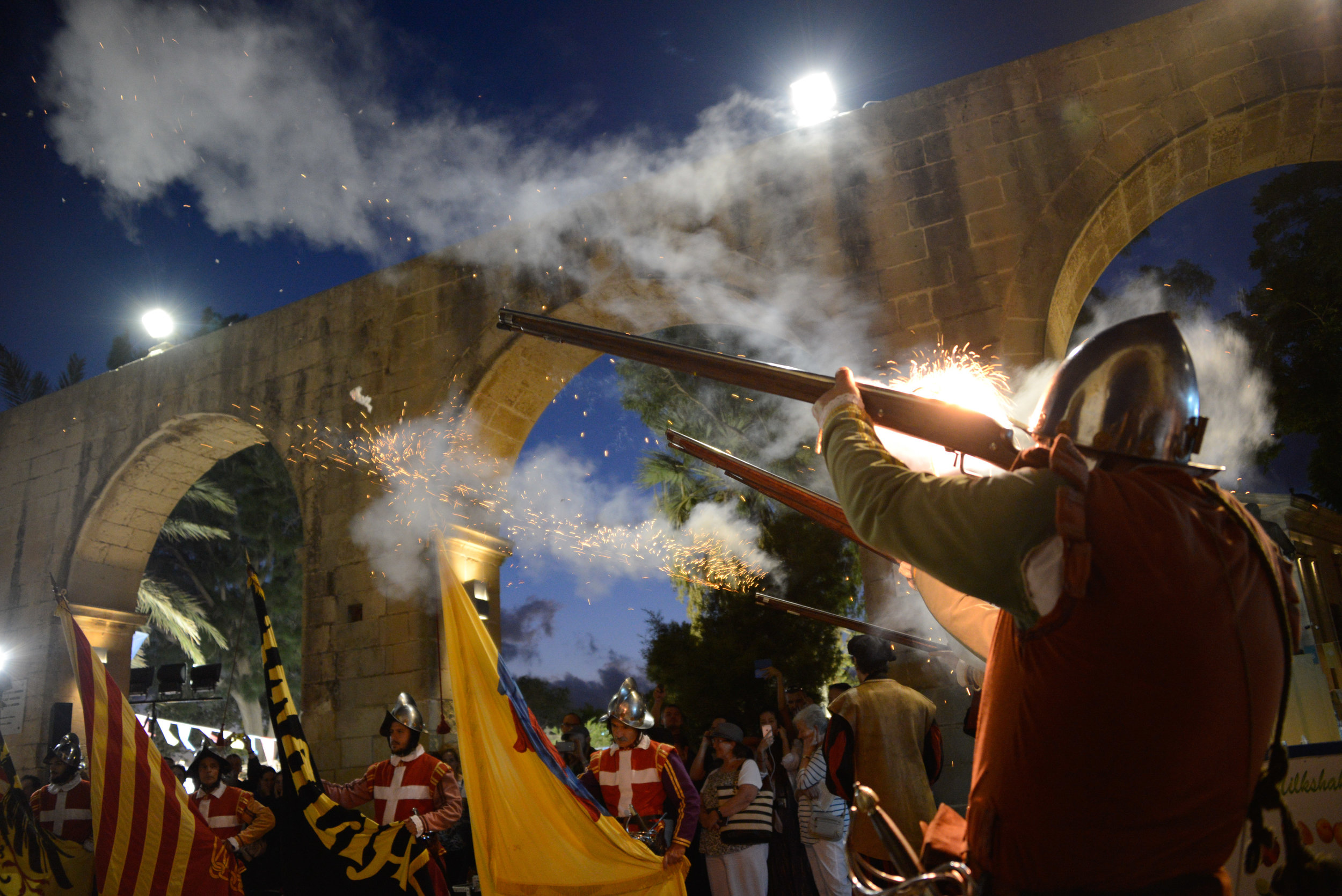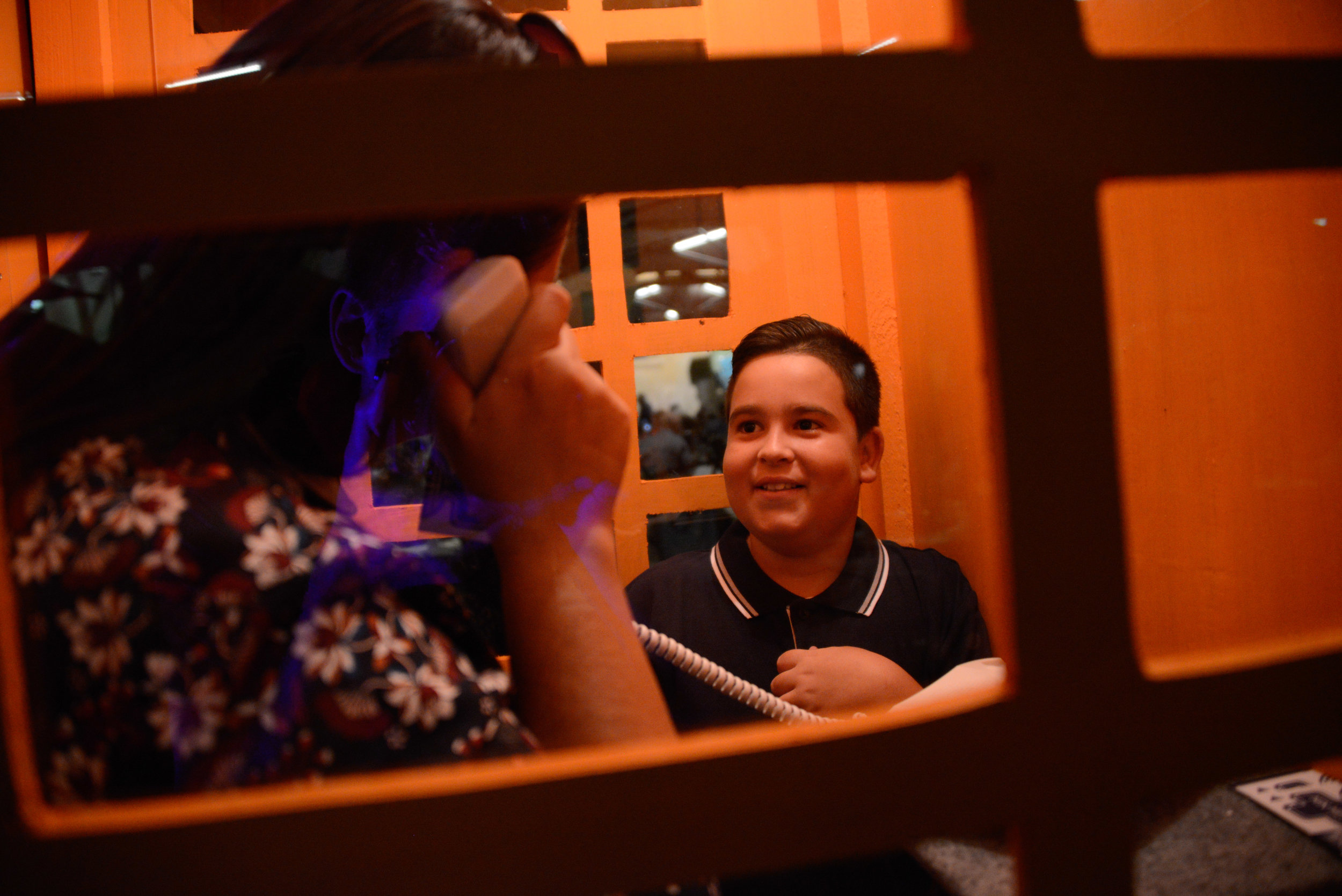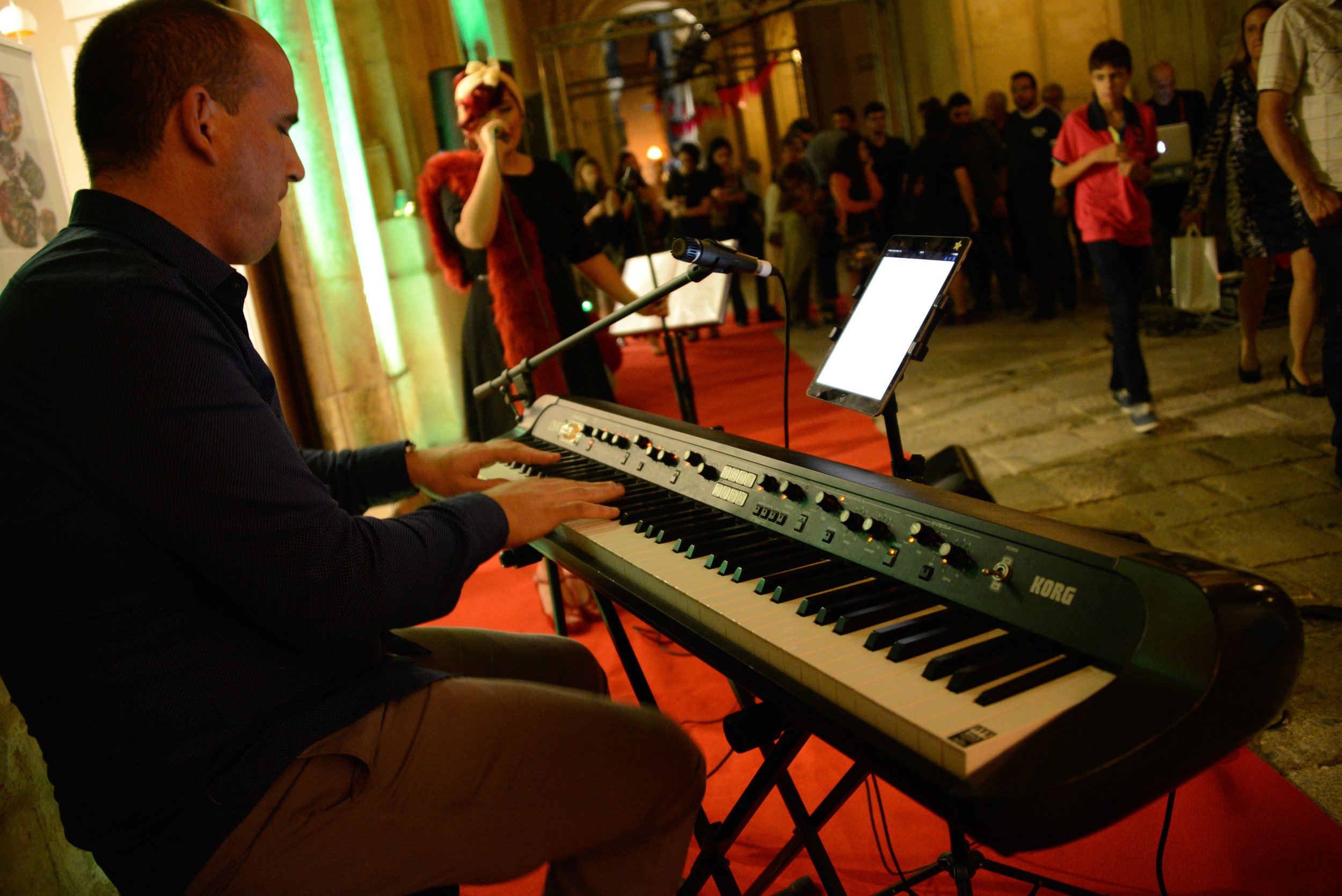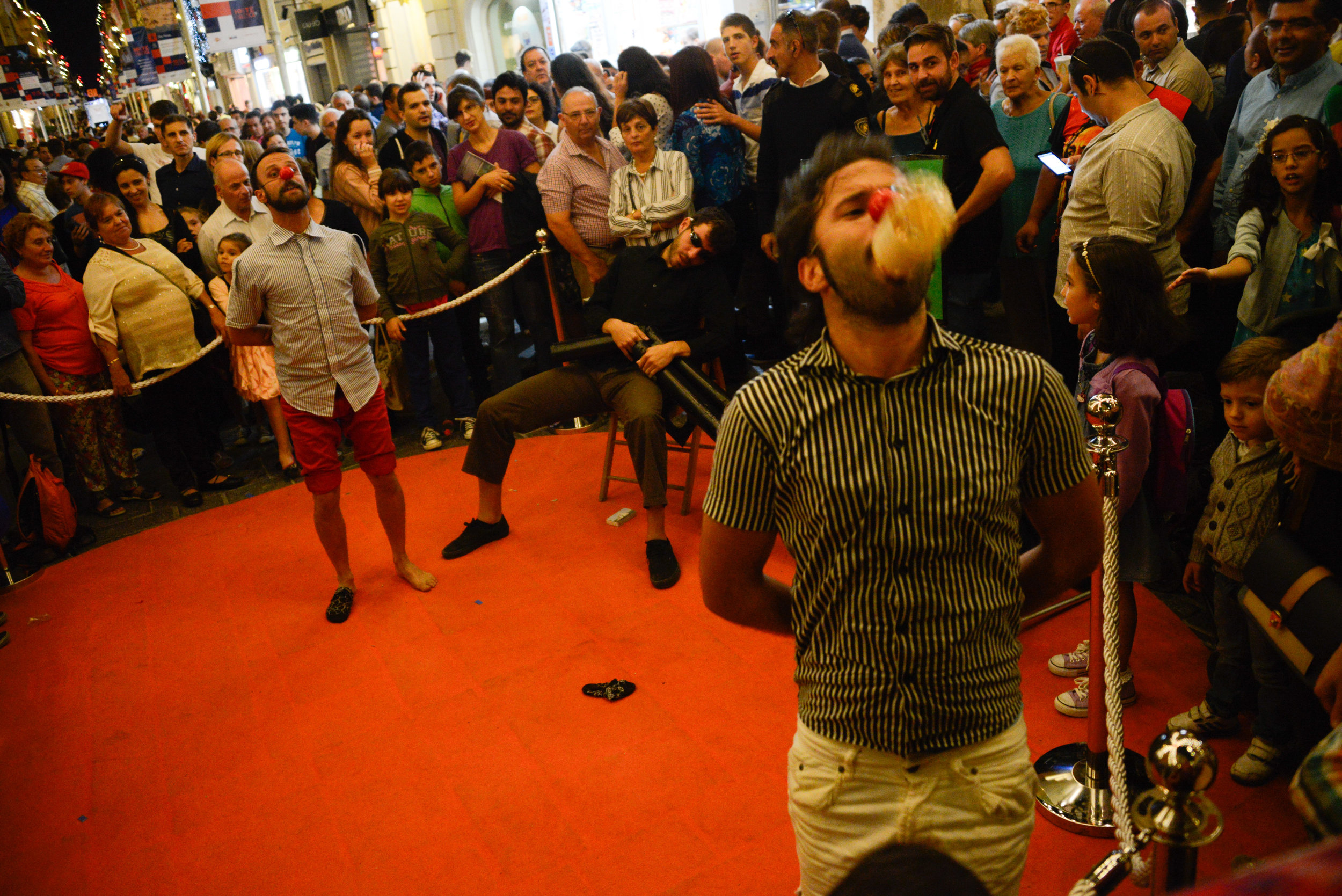Hold onto your hats, folks. It ain’t over yet.
For the first time in months, Donald Trump has a clear shot at beating Hillary Clinton in the 2016 presidential election.
Although he is not ahead in most national polls, renewed interest in Hillary Clinton’s emails has boosted Trump’s numbers in key battleground states. Trump now holds a slight lead in places like Ohio and Florida and is knocking at the door in Nevada and North Carolina. A pathway for Trump has been illuminated, but which states must he win to take the Whitehouse?
For the entire presidential race, Hillary Clinton has maintained a lead over Donald Trump in nearly all aggregate national polls. But the race tightened considerably last week, when FBI director James Comey addressed a letter to congress that reopened the investigation into Clinton’s use of private email while she was Secretary of State.
The new batch of emails come from the laptop of former Congressman Anthony Weiner, the estranged husband of Clinton’s top aid Huma Abedin. Weiner’s laptop was seized by the FBI during an investigation into his 2014 sexting scandal. Since then, emails between Clinton and Abedin have been found on Wiener’s laptop that “appear to be pertinent to the investigation,” according to Comey.
The vague FBI announcement has left voters to speculate its significance with merely a week until Election Day. As such, Clinton’s polling numbers have slouched, allowing for Trump to emerge as the clear favorite in Iowa, Ohio, and Arizona. But for Trump, it’s not simply a matter of winning more states, Trump will need to win the Electoral College – the body that actually elects the next President.
The Electoral College is made up of electors from each state who all pledge to vote for a single candidate. The number of electors per state is the same number of representatives that state has in Congress. Most importantly, electors are earned on a winner take all basis.
This means if Hillary Clinton wins California, she gets all 55 of the possible 55 electors in that state. Donald Trump on the other hand will almost surely win Texas, another major chunk of electors with 38. In total, there are 538 electors up for grabs but the first candidate to reach 270 wins.
The tightest race in U.S. history was in 2000 when George W. Bush narrowly defeated Al Gore 271-266 even though Gore won the popular vote by less than 1%. In that race, Bush narrowly won the swing state Florida after it went to a recount. Winning the Electoral College is the supreme objective of any candidate and getting a combination of swing states is imperative.
With polls shifting last week, it is now clear Trump has a real chance to steal the electoral votes of some key states. Ten battleground states have emerged in this election: Ohio (18), Florida (29), North Carolina (15), Pennsylvania (20), Colorado (9), Nevada (6), Iowa (6), New Hampshire (4), Virginia (13), and Arizona (11). In total this amounts to 131 electoral votes – well beyond enough to swing the election in the favor of Trump or Clinton. But looking deeper, there appears to be five that Trump really has a chance at winning.
At the time of writing, RealClearPolitics has Trump up 3.3% in Ohio, 0.6% in Florida, 1.6% in Nevada, 1.4% in Iowa, and 3.0% in Arizona. For reference, RealClearPolitics conducted similar polls in 2012 and got nearly all of them correct – except for Florida, which was also very close.
Like George W. Bush’s victory in 2000, Florida is the key. Without Florida’s 29 electoral votes, it wouldn’t matter if Trump earned the other four states or stole a couple others from Clinton. He just wouldn’t have enough to catch her as the polls stand now. In that scenario he would need to win Pennsylvania, a state that has voted Democrat in the past six elections and has Clinton ahead 4.9%. The bottom-line is Trump needs to win Florida and a number of the swing states listed above if he wants to take the Whitehouse.
Despite the weeks of scandal, lost debates, and bad polling numbers, Trump seems to have gotten lucky at the right Time. The uncertainty around the FBI’s renewed investigation into Hillary Clinton’s emails has hurt her in nationwide polls and in key battleground states. If Trump can manage to take Florida, and string together victories in North Carolina, Ohio, Nevada, Iowa and New Hampshire, all places where he has strong bases of support, we could be planning a Trump inauguration. I’m not pouring any Trump Vodka yet though.
The Election is Tuesday November 8.








